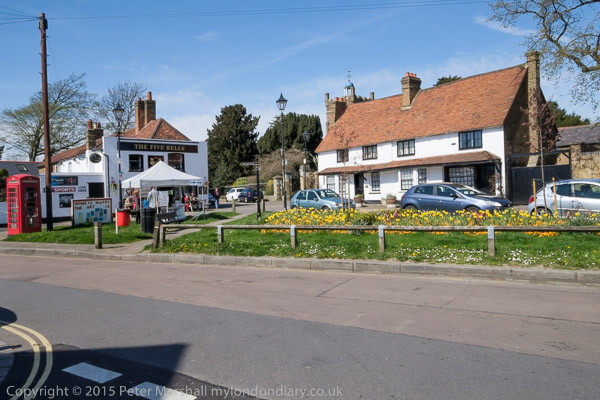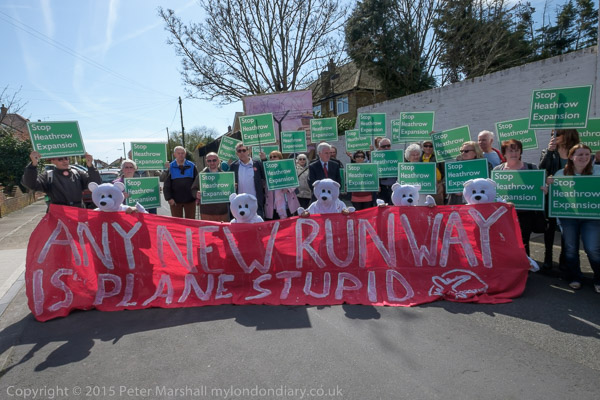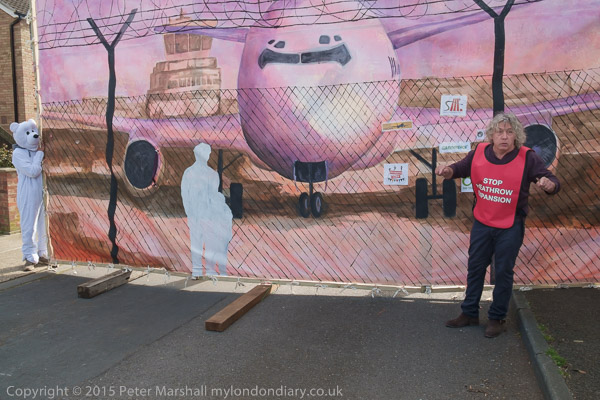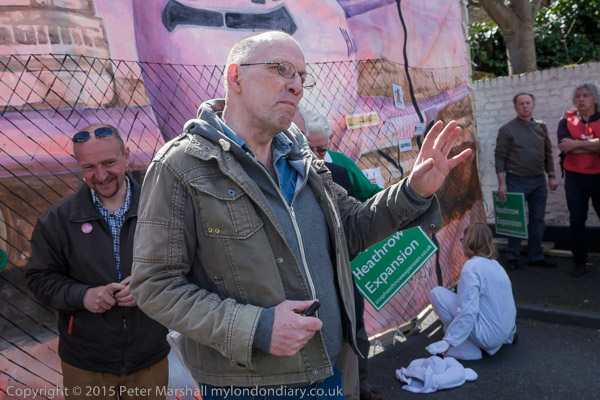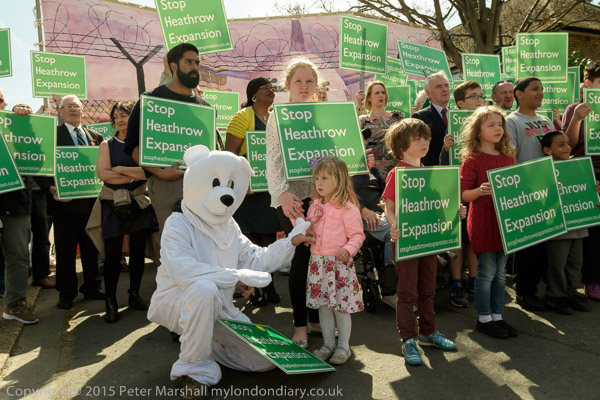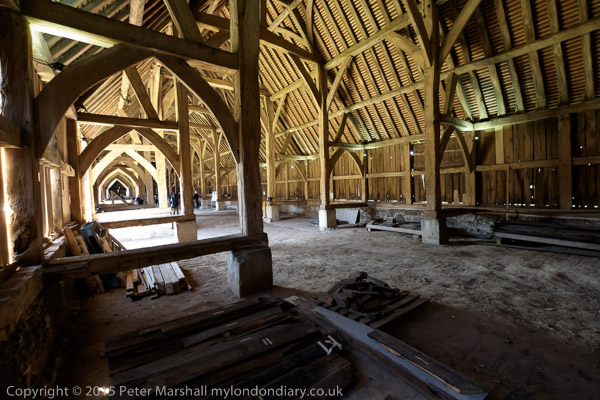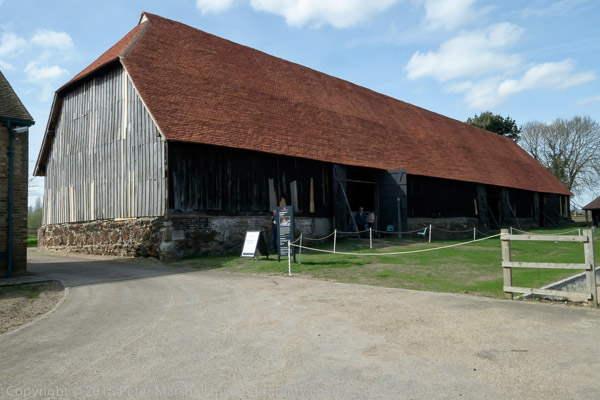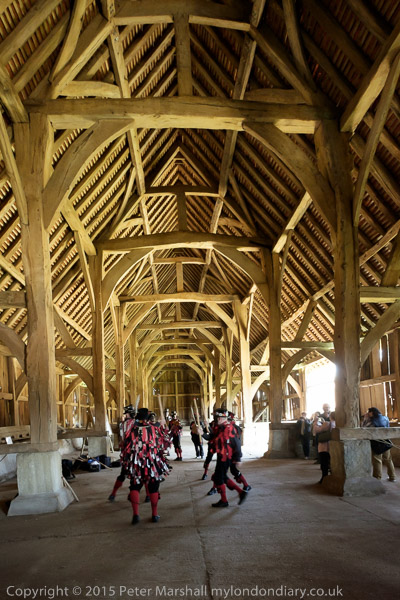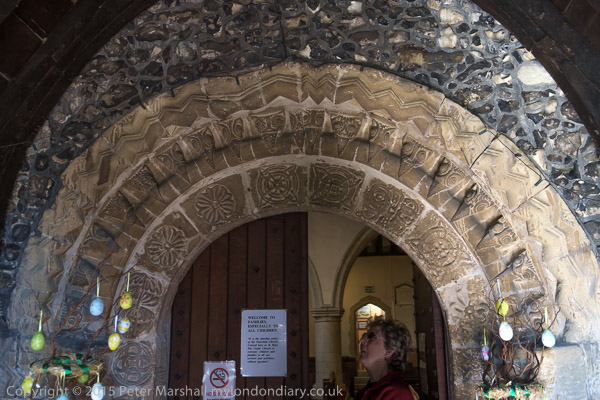Holy Trinity, Pigs & Brewery: At the end of my walk in East Hull I spent a little time wandering around the Old Town and came back to the centre the following day before catching the train home.
Grade I listed Holy Trinity (since 2017 Hull Minster) is a remarkable survival despite some later architectural vandalism large parts of its original building from 1285 to 1420 remain. It is said to be the largest parish church in England with a floor area of 20,056 square ft and has some of the finest medieval brick-work in the country. Wikpedia lists its vicars from Robert de Marton in 1326; Arthur Robinson was Vicar here when the infant William Wilberforce, Hull’s most famous son, was baptised here in 1759.
Surprisingly it escaped serious damage in the Second World War when much of central Hull was destroyed by bombing. This side of the church now looks rather different with recent building work although the church ant gates posts remain.
These Grade II listed buildings date from 1868 and 1874, designed by the architect to Trinity House William Foale in a Gothic Revival stye were the Department of Transport Marine Office in Hull.
A gated alley between the two blocks leads to Zebedee’s yard and has a label (not visible in my picture) SPACE FOR OFFICIAL CAR’. There is now a first floor bridge across the alley connecting the two buildings.
Somewhere in Hull I walked past these pig carcases hanging from hooks and took a picture. I think there are four of them. It was rather a gruesome sight, but has not yet put me off eating bacon.
I think it was probably on the following day that I returned to the centre of Hull and photographed the Anchor Brewery Brewery on Silvester Street. I was standing close to Kingston House not far from the west end of the street. The former Hull Brewery site is Grade II listed and was largely built around 1867 to the designs of W Sissons. The extensive buildings were being converted to flats and offices as The Maltings when I made this picture.
Hull Brewery began in Dagger Lane in the Old Town as the John Ward Brewery in 1765 and in 1865 Ward’s grandson Robert Ward Gleadow joined with W T Dibb to form Gleadow Dibb & Co. They moved to the new brewery site in 1868, and in 1887 having taken over several other Hull brewers became The Hull Brewery Co. Ltd.
In 1972 having over the years taken over 13 smaller brewers and a bottlers in Hull, Cottingham, Beverley and elsewhere they were themselves taken over by Northern Dairies and became North Country Breweries. This was bought in 1985 by the Mansfield Brewery who closed down brewing in Hull.
New Garden Street runs from Sylvester Street and along the back of properties on George Street to Grimston Street. On George Street was one of Hull’s most famous stores, Carmichaels, now the Carmichael Hotel. The sign on the buildings at left is for Carmichael’s Goods Entrance.
Carmichaels was set up in 1902 as a small shop but was enlarged in 1914 and later extended to the premises now on George Street. It became Hull’s poshest (and priciest) store, sometimes called the ‘Harrods of the North’, paticularly known for the glass, china and jewelry it sold as well as its posh cafe. Apparently the family sold it to Woolworths in 1963, but was bought by its manager in 1989 who wanted to restore its high quality status, but it closed in 1991.
People who worked there say that behind the posh side that the public saw the place was something of a shambles. The actor Ian Carmichael was the son of one of the three brothers who founded the shop.
After this I returned to Holy Trinity to visit its interior, taking a couple of images I’ve not put online before taking the train back to London.
Flickr – Facebook – My London Diary – Hull Photos – Lea Valley – Paris
London’s Industrial Heritage – London Photos
All photographs on this page are copyright © Peter Marshall.
Contact me to buy prints or licence to reproduce.





